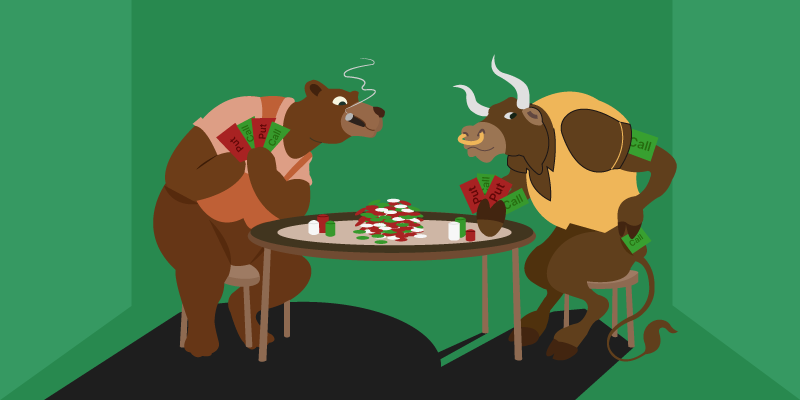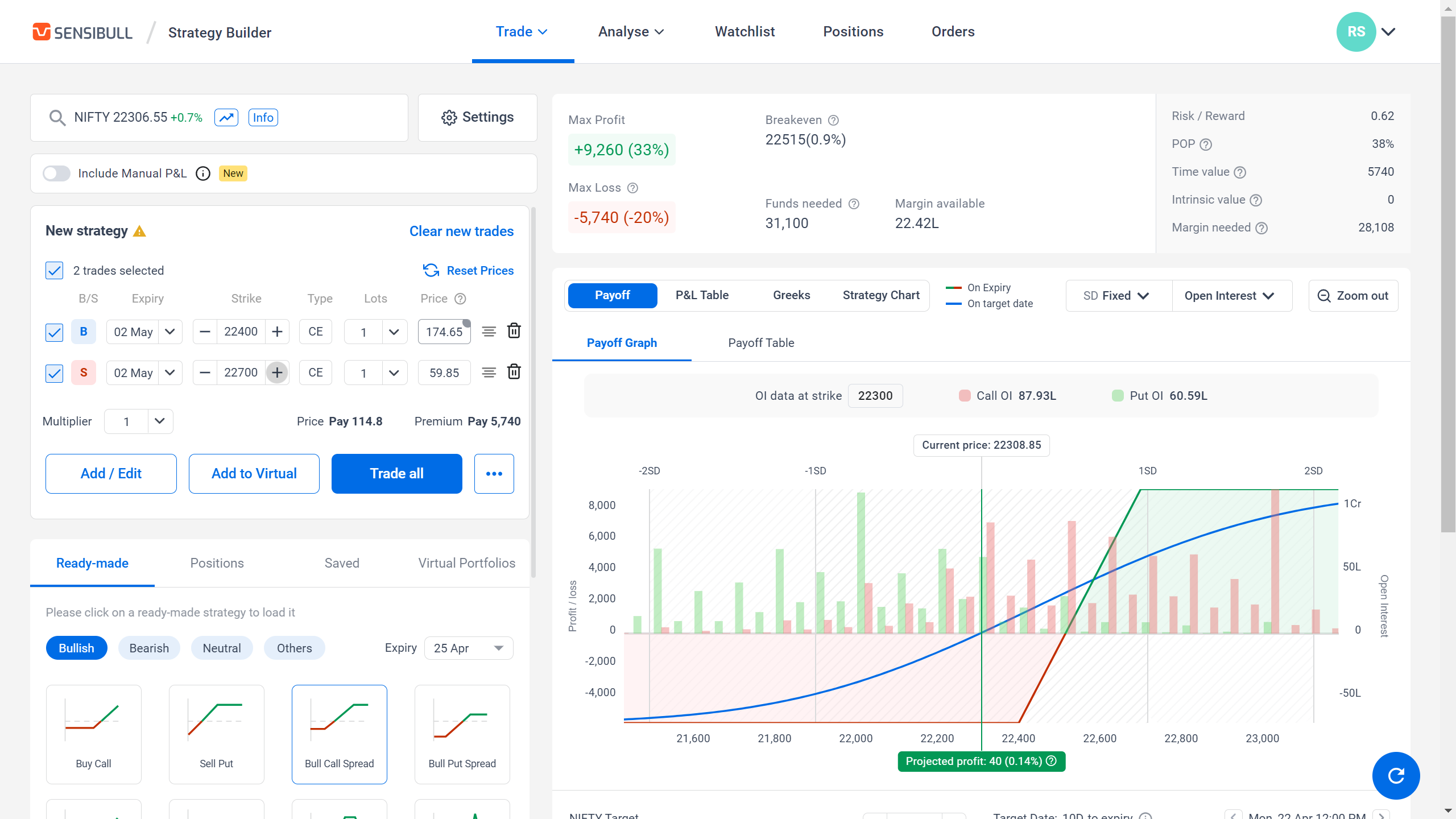
Worried about spikes and injections? Do Spreads
Are you worried about intraday spikes, volatility injections, or the fear that operators manipulate the market? Then the best thing for you is to stay away from option trading.
But if you still want to try your luck and trade responsibly, you should try fully hedged options strategies such as spreads.
Examples – Bull Call Spread, Bear Put Spread, Iron Condors.
Why are they safer, easier to trade, and more importantly, more peaceful to sit on?
- The loss is limited – If you trade a spread, such as a bull call spread or a bear put spread, no matter what the market does, your losses will not exceed a fixed number. So you do not have to worry about huge swings or big moves. Circuit events? No problem. Huge gap ups and downs? No biggie. Third World War? You only lose a few thousands in maximum loss (although in this case, you may have bigger things to worry about than the value of your spreads. By the way have you invested in any nuclear shelter?)
- No need to worry about stoploss – Many retail investors are now suspicious of algos that hunt retail investor stoploss. We do not know if this is real. But you have every right to worry about this. Another issue is, during violent moves, your stoploss might not happen if it is a limit order, or it might happen at a very bad price if it is a market order. In spreads, you do not have to worry about this as you don’t need to keep a stoploss. Your max loss takes care of the stoploss. No stoploss – no stoploss hunting.
- No swings, no volatility in P&L – One of the most addictive and destructive habits you can have as a trader is to keep on looking at the fluctuating P&L throughout the day. And I get it, it is hard not to when it swings so much. It is your money, after all. But in spreads, the P&L does not swing much with underlying movement. So you can relax and look at it maybe only once in a while. Your full P&L is realized only on the expiry. Very peaceful trading
- No need to worry about Greeks – Spreads have lower effect of Delta, Gamma, Vega, Theta, etc. Some of them if taken right have almost 0 Theta, Vega, Gamma. So you do not have to worry about the P&L from IV increase, time value, etc.
Let us illustrate with an example:

This is a Bull Call Spread for May 2nd Expiry. NIFTY is at 22300 when we made this.
In this spread:
- We buy a 22400 Call because expecting the market will go up.
- We sell a 22700 call because expecting the market will not go above 22700.
Here you can see that this is cheaper than buying a call. A call costs 174. But this costs only 115, because we get some premium back on the sell leg. So it is cheaper. This also means you lose less when you are wrong.
The max profit is 9000, and the max loss is 6000. You do not have to keep a stoploss because you can make peace with your make loss. You can also get out earlier if you want at a lower loss.
To find out how much it will swing, try a simple exercise. Go to this Strategy in Sensibull though this link, and try to see how much your P&L swings with the movement in index. Also move the time slider to see how your P&L changes with each day. This should be a good starting point for you to understand spreads. Oh and don’t worry about the charges, it is a free tool.
On that note, we will leave you with this spread to do your own exploration homework and master spreads.

Beginner question: I follow the strategy builder and buy the spread. I also know when I have to exit. What is the procedure to exit? In case of bull spread when am trying to exit the buy leg of the spread, I need a huge margin. I didn’t need that much when I bought it.
If I just buy a regular call and sell it, it doesn’t need the margin. Is there something I’m doing wrong? Thanks in advance.
If I buy call and put 22400 what happens finally in both cases of up or down.
I am beginer.